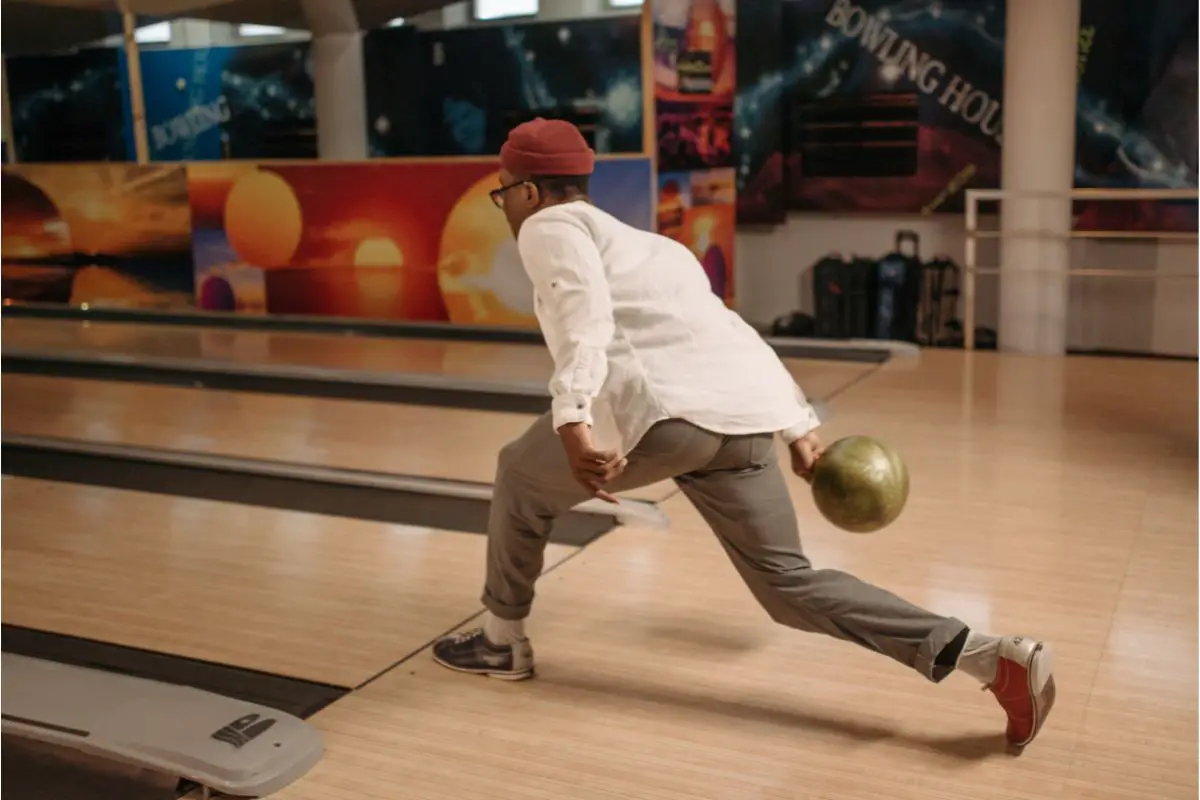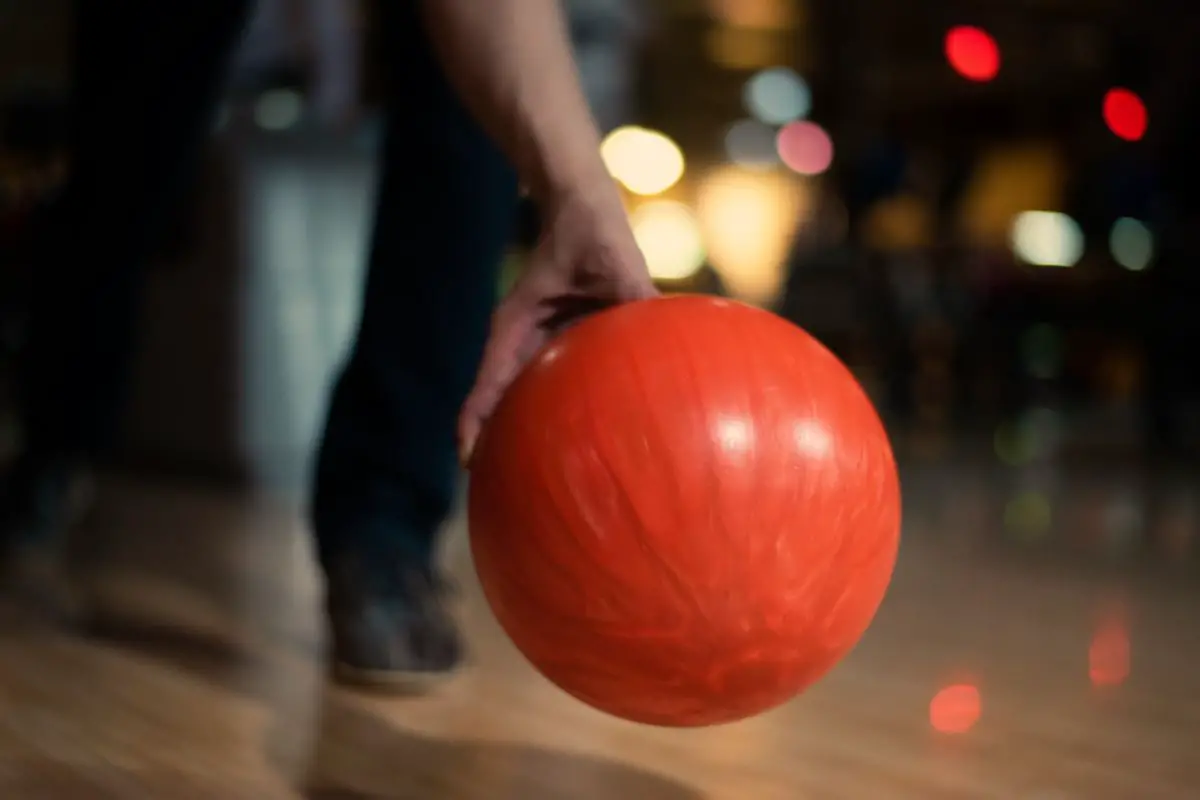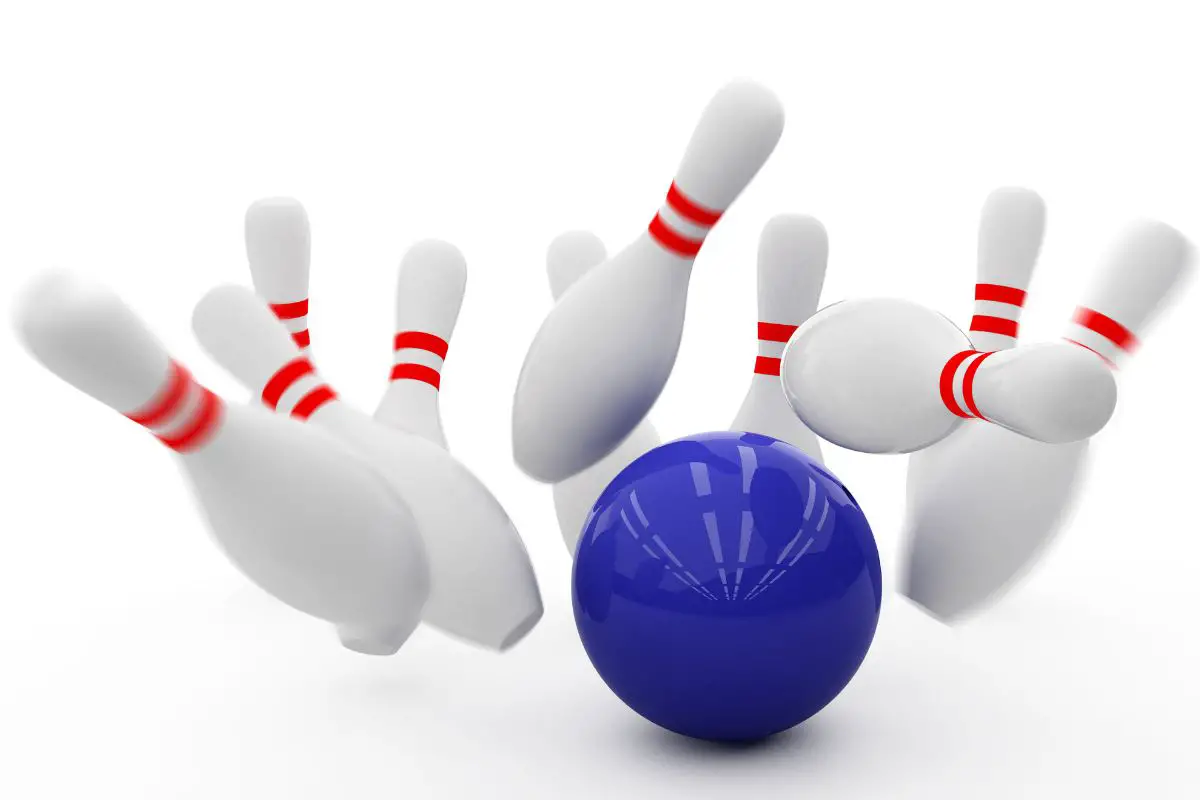Bowling nowadays is one of the most popular social activities out there and its rules, lanes, and bowling balls have changed quite a bit over the years.
However bowling didn’t start out this way, in fact, there are a few pieces of evidence that suggest it was first played hundreds and even thousands of years ago until it eventually expanded and grew into the game we know and love today.

Bowling has a fascinating history with multiple nations involved in the creation of the game throughout time and a few theories as to where exactly it originated.
Keep reading to learn when exactly bowling was first created, how it evolved over time, and who were the individuals responsible for molding the recreational sport we play so often today.
Ancient Egyptian origins (3200 BC)
While this has been a theory for some time, there is evidence to support the idea that bowling can be traced as far back as the ancient Egyptians around the date of 3200 BC.
This was first put forward by Sir Flinders of Petrie who was a professor of Egyptology in the 1930s. While he was conducting field research, he discovered the grave of an Egyptian child with a few contents inside.
A few of the objects seemed to heavily resemble early prototypes of bowling objects including a rough ball and very thin pins.
This was not the only evidence, however, anthropologists have since then analyzed ancient Egyptian hieroglyphics and art pieces that seem to depict the earliest forms of blowing being played by Egyptians.
Recently Edda Bresciani even discovered a building 90 miles from Cairo which she determines to be one of the world’s very first bowling alleys, and while it of course does not have accurately straight lanes and any kind of scoreboard, it suggests that bowling started off as a primitive Egyptian game.
The ten-pin game we know today was definitely far different back then and was probably more about simply trying to knock down pins with an accurate ball rather than having any rules, however, it still brought people together as the game still does today.
Ancient Polynesian Origins
Other evidence suggests bowling was not solely formed in Egypt, but instead was also growing and becoming formed in the South Sea Island of Polynesia.
This was put forward by Dr. Malcolm Roger, curator of the San Diego Museum who through his research found evidence to suggest the Polynesians played a game called ‘Ula Maika’ where participants would use a small elliptical ball and round flat discs of up to 4 inches in diameter to knock over thin wooden stands.
There is even evidence to suggest the ball in this game was always rolled around 60 feet from the target, suggesting very early forms of rules forming.
Roman Empire origins (50BC)
More recently there has even been partial evidence to suggest bowling was also growing within the Roman Empire around 50 BC during the reign of Caesar.
The Helvetti, who lived in the Alpine regions, have been recorded to have played a game where the Roman soldiers would throw a stone at objects in order to try to get them as close as possible to other stone objects.
This is a game extremely similar to the present Italian game of ‘Bocce’ which is a variant of bowling played today and suggests the Romans were just one of a few groups to start practicing bowling and hypothesizing its rules.
German Origins (300 AD)
Bowling would go on to adapt and grow in certain countries, especially in Germany where bowling began propping up not as a social sport, but actually as a religious ceremony.
According to William Pehle, as early as the 3rd century AD and for the next 300 years parishioners would place kegels (Small clubs) at the end of a runway. The keels were considered ‘heathens’ and the parishioners would try to roll a medium-sized stone to hit as many Kegels as possible.
It was seen that those that were able to successfully hit all the Kegels in a round would be eligible for their sins to be cleansed.
This was the origins of bowling in Germany but it actually expanded around the country to be played recreationally from time to time and started to resemble the game we know and love today.
Evidence suggests that by 1300 AD, in some parts of Germany, the game only used 3 pins while in others there were as many as 17. It was Martin Luther who was the one who made the nine pins the ideal number in Germany as he was an enthusiastic bowler himself, and shows how rooted the game was in religion.
By 1300 AD the Germans, Dutch, and Swiss would practice bowling upon beds of clay cinders with a single board being anywhere from 12 to 18 inches wide and twenty to thirty yards in length, which could be considered the first attempts to create a bowling lane.
United States (1800’s)
By the point bowling had reached the United States, it quickly became altered and molded to largely resemble the game we know today.
Bowling found its way to America through a painting depicting Dutch bowlers rolling pins on Bowling Green in New York. This seemed to have largely inspired Americans as by the 1730s, enclosures began being reserved as an area for high-ranking officers to bowl with nine pins using wooden balls made of lignum vitae wood and oak.
While no scholars have been able to understand exactly why, by the 1820’s bowling had exploded in popularity in America with ninepin bowling becoming a regular activity seen to be both sociable and even as a form of exercise to improve the body and mind.
Bowling was first mentioned in sports literature in 1820 by Rip Van Winkle who mentioned the act of ‘Crashing nine pins’, and by the 1840s other sports writers had begun claiming the game had even started attracting a huge influx of gamblers.

Tenpin bowling began to be formed between 1820 and 1830 specifically in Massachusetts and New York where bowling was thriving the most.
By the 1840s, bowling was at its peak in America with a modern bowling lane existing on every block on Broadway, and with the growing existence of a German population, bowling only grew even more.
Around this time two finger holes had begun being cut into the 9-inch balls to allow for better grip and to make the game more even and accessible, along with bowling clubs and tournaments starting to be formed.
With the establishment of the National Bowling Association in 1875, the restrictions on lane lengths and certain ball sizes along with modern rules such as declaring balls in the gutter to be dead were all formulated here, and is where we can see modern bowling really start to take shape and spread all across the Americas, Europe, and Asia as a popular sport and pastime.
When Was The First Bowling Lane Created?
Before bowling became more refined and modernized in America it was played in a very primitive form in a few countries, and this included England. In the 15th century, bowling was played as a leisurely activity however this was before finger holes had been introduced making it far harder.
Therefore, lawn bowling alleys became very popular in England and sometimes even had temporary roofing to protect them against the rain.
King Henry VI did ban bowling from the lower classes in 1511 to try and make it an aristocratic game, however, this did not stand for long as people once again began striking down pins on what we can consider the first instance of bowling alleys.
When Did The Scoring System Appear In Bowling?
The scoring system is one of the most important parts of bowling and it was first introduced in 1895 by the American Bowling Congress. This was along with the introduction of modern standardized rules of ten-pin bowling which we know today.
Who Invented Bowling?
Because there are so many theories on when bowling was founded from multiple different nations and because it’s hard to pin down the exact moment bowling was ‘formed’, it is extremely hard to attribute the creation of bowling to any specific individual or even group.
There are some who can be credited for having a huge impact on modernizing the game however and turning it into the fun and sociable game as we recognize it in the present day.
Protestant Reformation founder Martin Luther is one figure who had an important impact, setting the standard number of pins to nine when at the time it was ranging anywhere from 3 to 17.
If there was any country that would be most responsible for ‘founding’ bowling then it would have to be Egypt as there is so much evidence of it beginning there in a primitive form, however in terms of modern bowling America and institutions such as the National Bowling Association can be seen to have had the largest impact in really formalizing the rules that made the game much fairer and more accessible which still proves true today.
Final Thoughts
Bowling has a fascinating history, with new research being found throughout time to uncover where and when it has its origins.
While there is no exact time or place that bowling can be definitely traced back to, there is a lot of evidence to suggest it has been growing around the world for not just decades, but centuries with proof that the game our ancient ancestors used to practice is still being enjoyed and played regularly today.
- A Comprehensive Guide to the Top Bowling Movies of All Time - December 23, 2023
- Bowling Shoes Selection Guide: How to Choose the Right Fit - September 27, 2023
- Bowling Ball Buying Guide: How to Choose the Right Ball for You - September 23, 2023









